“This is wild!” I exclaimed while I felt every single pinch-to-click gesture on a computer thanks to the Afference ring. Checking this out in a hotel hallway while at CES 2025, it became abundantly clear that I am indeed seeing the missing link in spatial computing.
As you may recall, I do believe this new frontier of computing is the future, but it needs a lot more time in the oven. Beyond the things I mentioned, one key element needed is tactility. The personal relationship you build with a laptop through its keyboard and touchpad is something that pinch gestures without physical feedback cannot replicate.
And that’s what the Afference ring does using electrical currents. It’s truly a mind-blowing piece of tech, and is one of the more exciting glimpses of the future that I’ve seen.
How does the Afference ring work?

This is an entirely solid state ring with no vibration motors whatsoever, so how does Afference pull this off? It comes down to neuroscience — the team is made up of neuroscientists with decades of research experience after all.
You see, the way you feel things is actually quite fascinating. The nerve cells in your skin sense touch and send electrical impulses up your spinal cord to the brain. From here, your gray matter perceives the sensation and programs the physical response to it.
The Afference Ring kind of acts like a middle man to this. Conductive contacts around the inside of the ring create the electrical signal information that is sent to your brain — creating sensations. Put simply, it creates artificial touch that can be used across multiple devices, but the most interesting ways are in the VR and AR space.
For the demo, Afference partnered with another cool company that I found at CES 2025. WowMouse gives you full hand movement and gesture control on computers, phones and VR headsets by using an app on your smartwatch. This meant I could move my hand around, touch different objects and actually feel them.
The next step in spatial computing
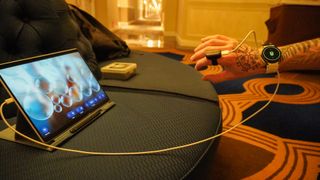
The first demo was simple — popping bubbles. But it was so much more than that, as the difference in every bubble size provided me with a different unique haptic response. Smaller bubbles produced a smaller ping on the tip of my finger, but the larger ones offered a more sustained impact that could be felt throughout my whole digit.
Next, I interacted with menu options like opening up a messaging app, long pressing items to show contextual menus and dragging sliders.
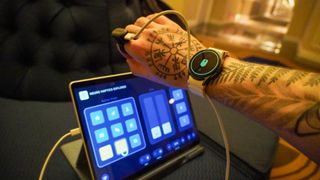
On paper, this seemed to be the more boring demo, but in practice, it brings Afference’s vision truly to life. From the small clicks that grew in intensity as I turned up the volume to the unique responses to tapping every menu icon, I could see this really forming a personal relationship between myself and a spatial computing experience.
Finally, I played a golf mini-game (which I was terrible at — I’m more of a sim racer). Preparing the strength of the swing produced a growing tapping response based on how hard I was going to hit the ball. And on top of that, as the ball moved away from my starting position, I feel felt impact grow softer and softer as the distance increased.
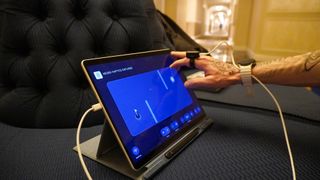
There is no limit to what kind of touch sensations the Afference ring can produce. Developers can add whatever they wish to enhance their apps. To me, this felt almost as significant of a haptic moment as feeling the PS5 Dualsense when loading up Astro’s Playroom for the first time.
Outlook

Now it’s worth saying that this is just a proof of concept — a device used to woo developers and companies to invest and partner with them to really take the tech to new heights in other devices.
For example, co-founder and CEO Jacob Segil mentioned that the Samsung Galaxy Ring on his finger could support this kind of haptic tech. It’s kind of convenient given Samsung did invest in Afference, but I won’t read anymore into it than that.
However, in use, the tactile engagement on offer here is clearly one of the missing pieces of spatial computing and VR experiences. To be able to touch things and feel them within an XR environment bridges that gap between the device and the human to make this new generation of computing make sense.
Now, it’s just a case of seeing how this new kind of neural haptics takes off. If Xreal is reading this (hi — love your One Pro AR glasses by the way), I’d get in touch because this is the future.
More from Tom's Guide
- I just tested the Xreal One Pro AR glasses — here’s why these are a true generational leap forward
- 7 best smart glasses of CES 2025
- I went sim racing with the Intel Arc B580 GPU — it proves you can get great PC gaming without breaking the bank


![How Performance Marketing + Brand Fuels Traffic Growth And Conversions [Webinar] via @sejournal, @hethr_campbell](https://www.searchenginejournal.com/wp-content/uploads/2024/12/featured-963.png)

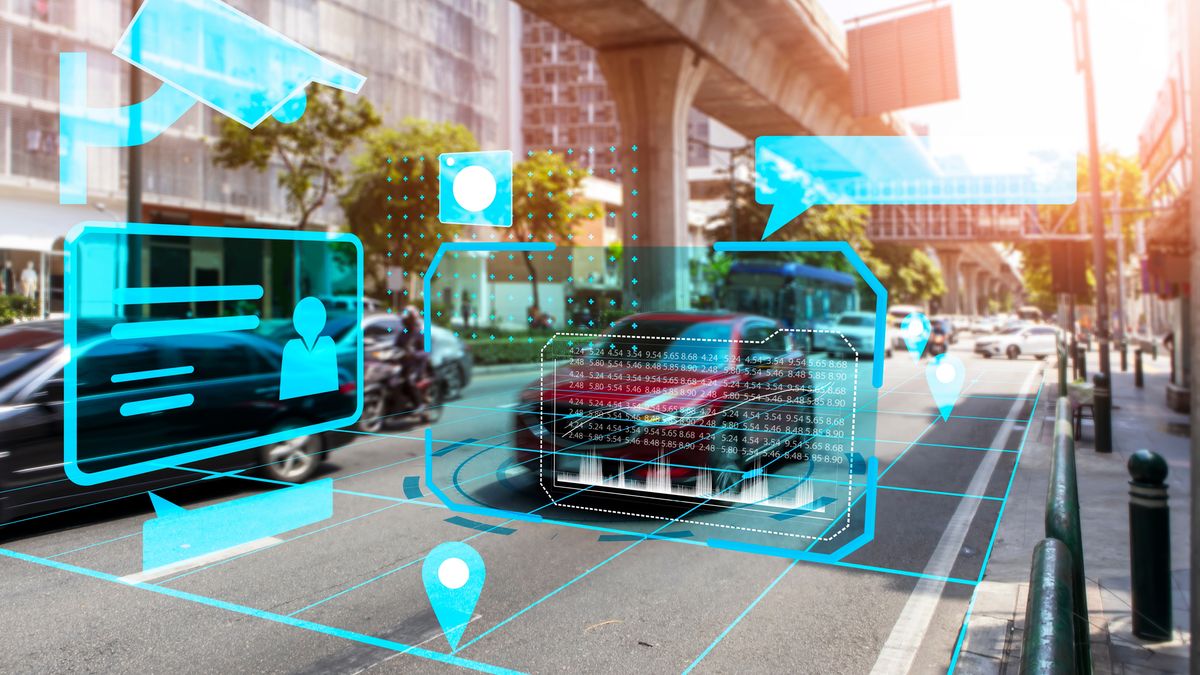
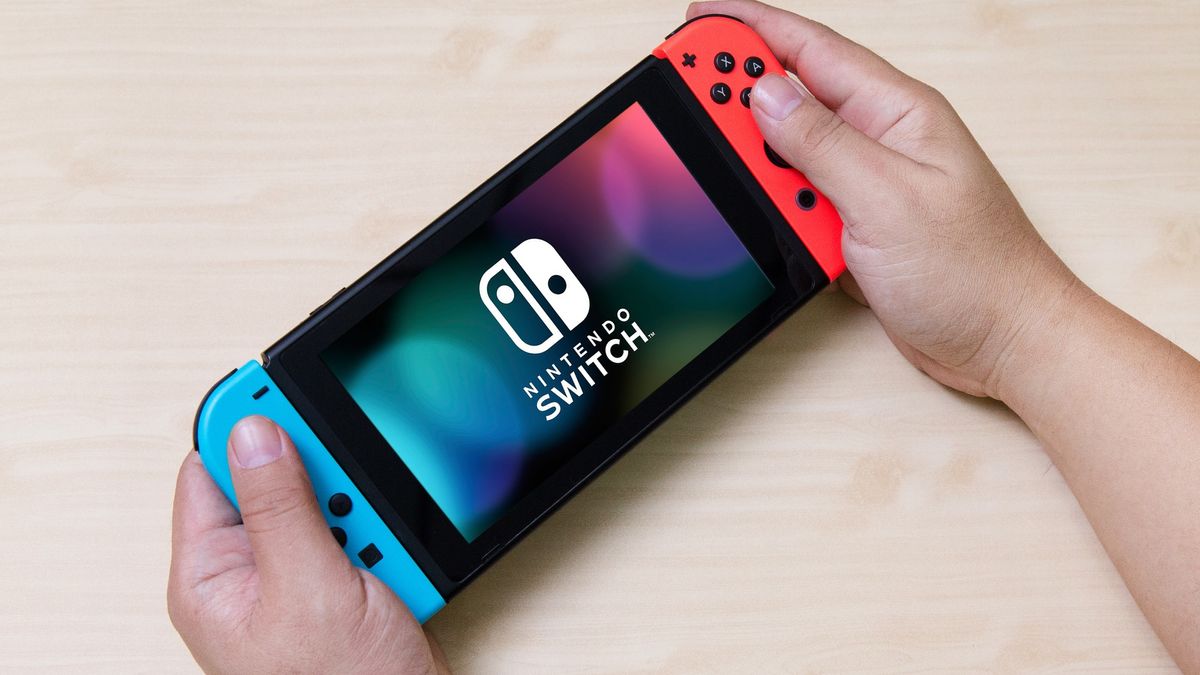














 English (US) ·
English (US) ·